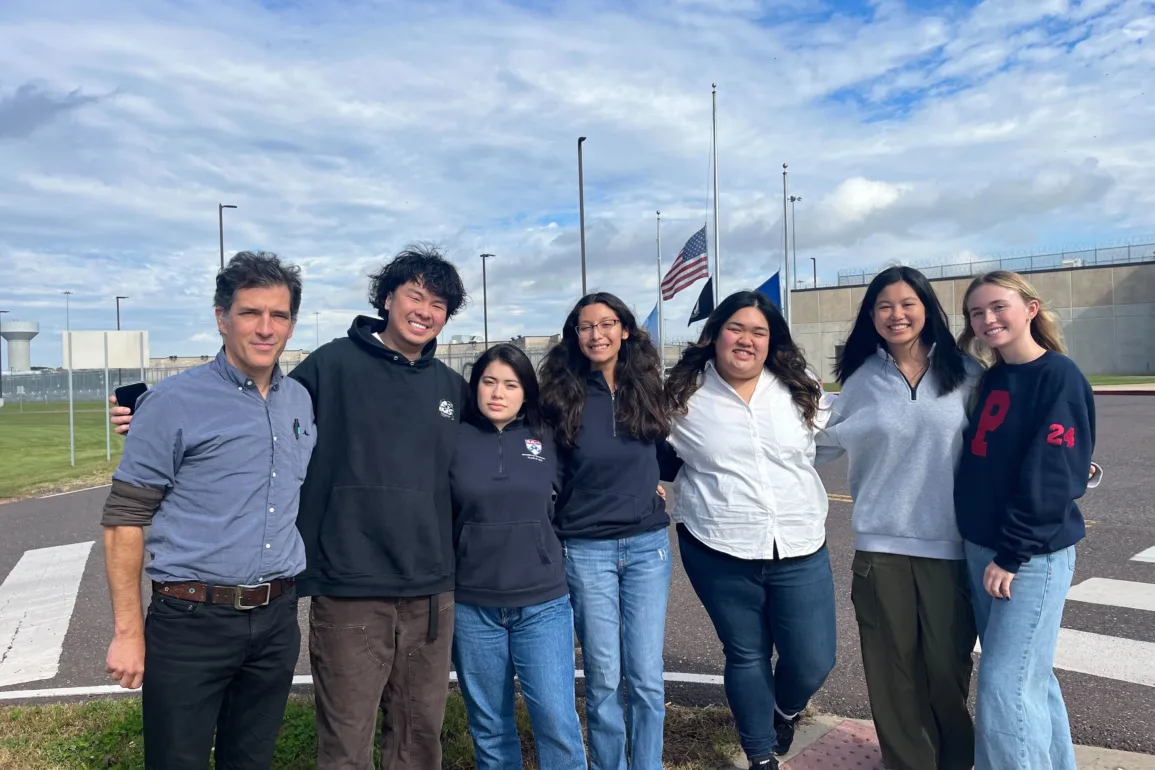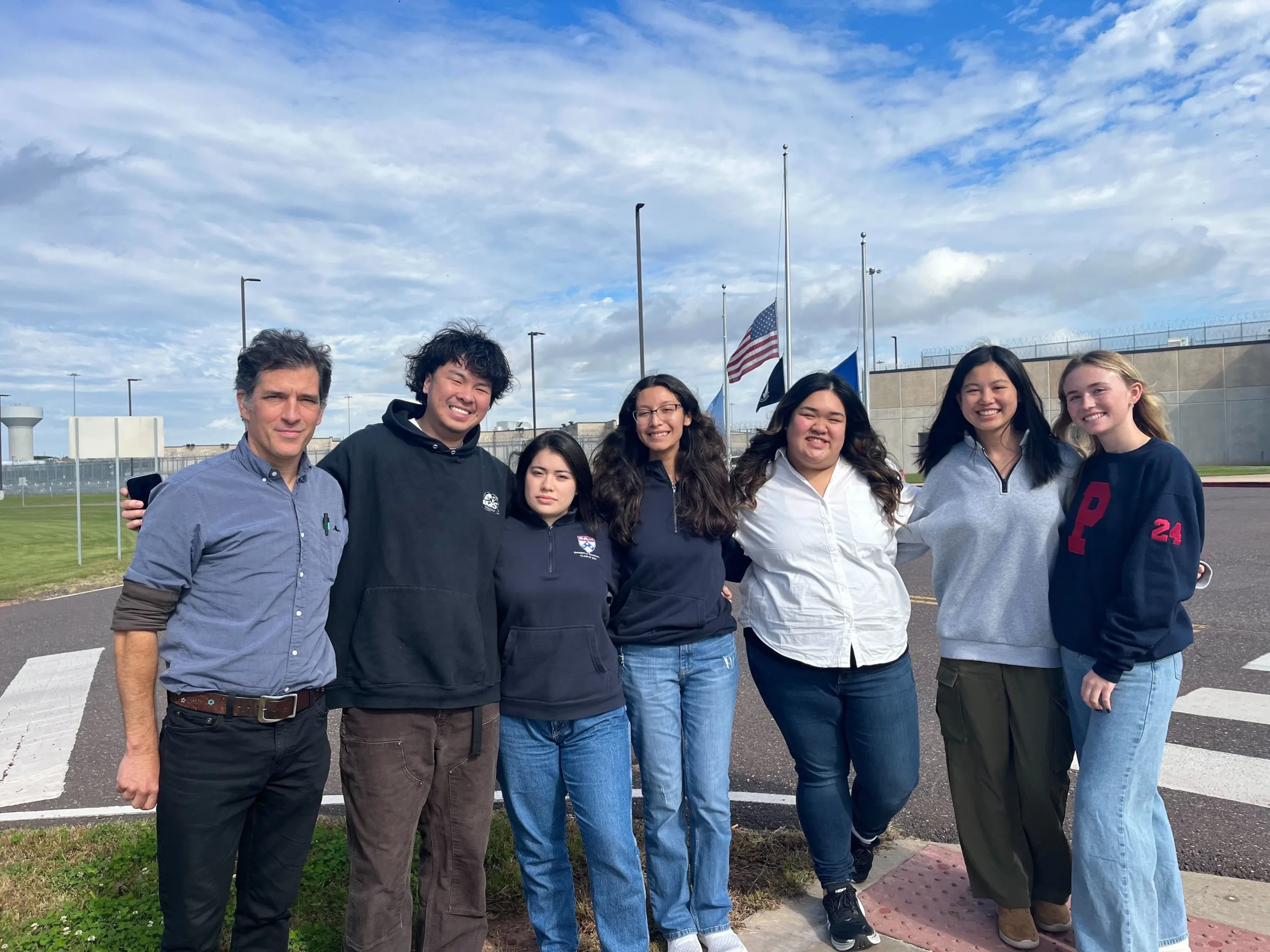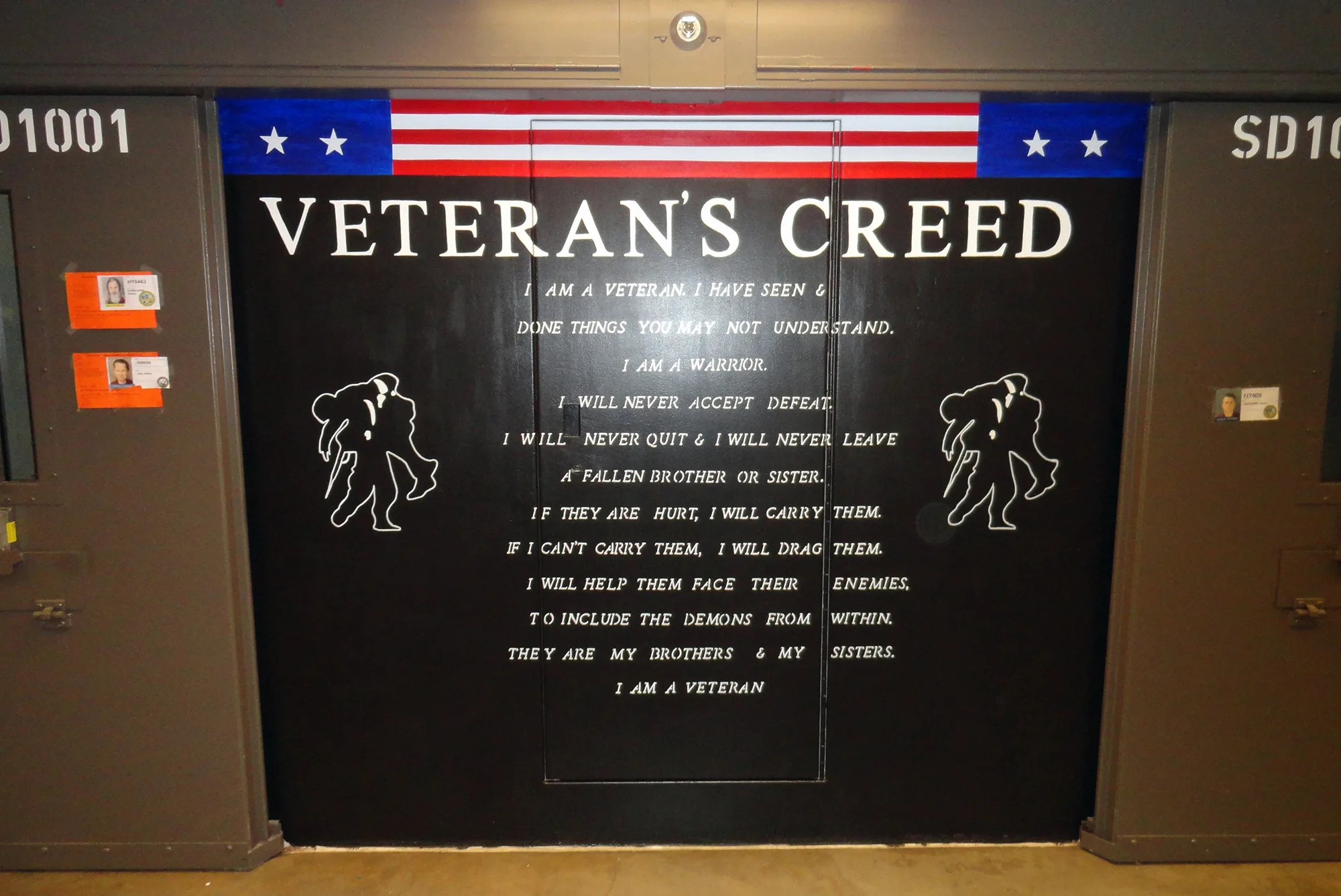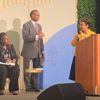America far exceeds the rest of the world in terms of the size and funding for both its military and the systems of incarceration. During the past 50 years, the United States has fought in several wars and at the same time exponentially increased the size of the criminal justice system. Despite the prominence and power of the U.S. military and the criminal justice system, there is little understanding of those who live at the intersection of these highly influential institutions: justice-involved veterans.
Urban Studies lecturer Tyson Smith in the School of Arts & Sciences is exploring the topic this fall with students in the course called Violence and Stigmatized Heroes.
“The course looks closely at the veteran experience that’s often left out of the common, mainstream narrative about those serving in the military,” Smith says. “It looks at the complexities and the unique position that some veterans face when they are in more marginalized places, whether that’s incarcerated or homeless or suicidal.”
Using incarcerated veterans as a type of case study, the course examines the consequences of war, violence, and militarization to better understand the U.S. military, veterans, criminal justice, race, health, poverty, trauma, and gender.
“It’s like a puzzle in that we have people in the military who represent a certain chivalrous identity, and then at the same time, by having a criminal record, they’re stigmatized and perceived to be villains,” he says. “It’s a unique identity and position, which also helps shatter a lot of stereotypes and perceived differences.”
The class is one of the SNF Paideia-designated courses that examine the theory and practice of dialogue across differences. “This course embodies Paideia’s mission of cultivating meaningful dialogue by centering underrepresented perspectives and by creating unique opportunities for students to engage directly with veterans in the criminal justice system,” says Leah Anderson, executive director of SNF Paideia.
Throughout the semester, students have been introduced to local organizations and individuals who work with this population of veterans. Guest speakers have included John Turner, an African American Vietnam veteran who spoke about race and racism in the military, and Peter Yeomans, a clinical psychologist at the Veterans Affairs facility in Philadelphia who discussed the history, treatment, and politics of post-traumatic stress disorder (PTSD).
Yeomans will lead students in a “healing ceremony, at the Philadelphia VA towards the end of the semester. The ceremony marks the conclusion of a 12-week program that allows participating veterans the opportunity to explore the moral and spiritual dimension of their military experience. At the healing ceremony, participants share their moral pain and struggle from their military service and ask the community to accept a share of the burdens of war.
On a recent morning, the students traveled to Phoenix State Correctional Institution (SCI Phoenix), a maximum-security prison about an hour northeast of the Penn campus, to hear firsthand from incarcerated veterans about their experiences. The 3,830-bed complex is the state’s newest, biggest and most expensive prison.
The class met up with Jeffrey Baker, the Veterans Service Unit (VSU) manager and veterans’ coordinator at SCI Phoenix, who led them through a series of electronic sliding doors that each took the group deeper and deeper into the complex until they arrived at the cell block housing the prison’s VSU. It’s a unit designed specifically for incarcerated veterans and prepares them for successful reentry into the community. These units provide veteran-specific workshops and services including acquiring military discharge papers and forms of identification, discussion groups and substance abuse and mental health programs, and more. Much of the work is peer-led.
“This isn’t your typical cell block,” Baker says, and it seemed apparent with the colorful, military-themed murals decorating the walls and cell doors, and the veterans walking about freely, arranging plastic chairs in a circle in preparation for the chat with the students. Smith and the students then took seats next to the veterans, and embarked on a moving, emotional two-hour discussion with the veterans, who ranged in age from their early 20s to their late 70s and whose service ranged from the Vietnam to Afghanistan and Iraq. They served in all branches of the military, with varying ranks and jobs.
Everyone went around the circle, students introducing themselves, the veterans saying their age, hometowns, military branch, rank, crime, sentence and how much time they have left to serve. Students had submitted 17 questions in advance, and the veterans answered.
What was it like coming back from the combat zone? Did they have any assistance assimilating? Did they feel their military experience led to their crime and conviction in any way?
“When I came home, I still had the taste of blood in my mouth and the smell of blood in my nose,” says Commer “Rapid Fire” Glass, a Vietnam Veteran who has served 47 years of a life sentence for homicide. When he was discharged from the battlefield, he says he was back at home 28 hours later, no debriefing, no counseling, no help. He describes facing racism and anti-war protesters and the feeling like he’d be better off dead.
One Iraq War veteran described seeking help for PTSD and being scoffed at for not having seen enough bloodshed to suffer from the disorder; another told of having duties stripped away after admitting to symptoms of PTSD but never getting treatment. Others told stories of undiagnosed mental illness, suicide attempts, addiction, and sexual assault while serving.
By the end of the session, more than 20 veterans had gathered around the circle. One question that almost every veteran wanted to answer, and that they all answered in the same way, was whether they would choose to enlist again. All says they would. Many qualified that reply by saying they would have thought more about what path to take in the military; they might do things differently, but they wouldn’t change having served, and they remain proud of their service.
Kaitlyn Nguyen, a third year from Montclair, California, majoring in urban studies, was particularly struck by these replies.
“No matter how traumatizing their experience, they all says they’d do it again. That camaraderie, that brotherhood was what really mattered to them,” she says.
Going to the veterans’ service unit was tremendously eye opening and valuable, she says.
“You can read about their experience, but I don’t think it resonates with you until you hear it from them, and even then we’ll never really understand the extent of what it’s like to go to war,” she says. “But it starts the process of understanding and being able to open up the conversation. Being able to learn from these men that have been through these wars was so valuable because a lot of us don’t have connections to members of the military.”
Nguyen has a cousin who graduated from West Point, and her grandfather was a pilot for the South Vietnamese Air Force. He never talked much about his service, but now after taking the course she says she has so many questions for him.
“I have a whole new appreciation for those who served. It’s opened up conversations and lines of communication for me personally,” she says, noting she’s been inspired to talk to her cousin and a friend in the National Guard about their experiences.
She says she was drawn to Smith’s class because she’d previously taken his course on the criminal justice system in the urban context. What she really appreciates about this fall’s course is the small class size.
“We’re all able to connect and create a bond and have an open space where we can have dialogue, where we can talk about our different opinions and our views and not be judged for it,” she says.
Amelia Hemphill, a fourth-year urban studies major from Philadelphia, was also drawn to the class after taking an earlier course with Smith her freshman year, which she credits with helping her decide to major in urban studies.
“I’ve always liked war movies and of course those are 100% not an accurate portrayal of soldiers’ experiences,” she says. “I thought it’d be cool to get a different scope on things, and this class has offered a really interesting perspective on veterans’ different experiences.”
The trip to SCI Phoenix was one of the most memorable experiences she’s had in her four years at Penn, Hemphill says.
“Visiting the prison might be the most educational thing I’ve ever done in a class,” she says. “It’s not something other people get to do. Even if you are a visitor to the prison, you never go into the cell blocks like that.”
The fact that the men felt comfortable sharing very personal stories with the students took her by surprise. Hemphill says, “You expect guys in the military to be stoic and not share their feelings, but I think at the VSU they’re very welcoming to sharing feelings with each other. And that they did that with a bunch of kids like us was awesome.”
Hemphill’s main takeaway from the class is that you can never truly understand something until you experience it.
“The closest you can get is to talk to and listen to the people who have experienced it and try to understand it from there,” she says.
Derek “Boots” Wiggins, an Iraq War veteran who hand-painted all the murals in the unit, says having the Penn students come to hear their stories is meaningful.
“We aren’t necessarily looking for empathy, but these conversations do offer that. It brings these students a better understanding of what veterans go through. and it’s important for them and for us,” he says.
Jeffrey “Wolf” Odom, who served in Iraq in the National Guard, says he welcomed the idea of giving students an unbiased view of what it means to be an incarcerated veteran. “It’s awesome they take the time to do this. When you are on the outside looking in you see things differently than when you take time to come inside and talk and listen.”





